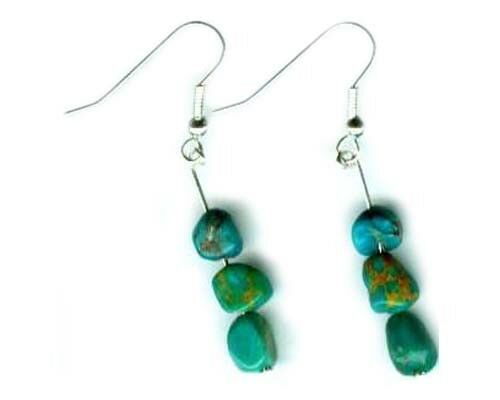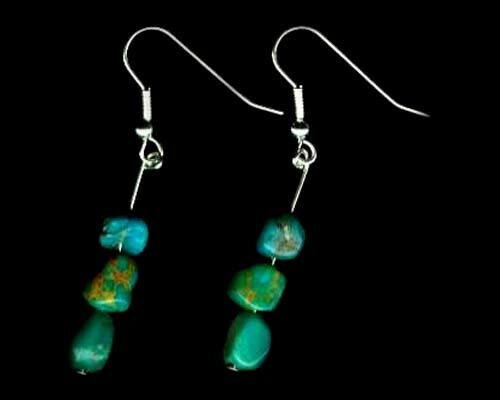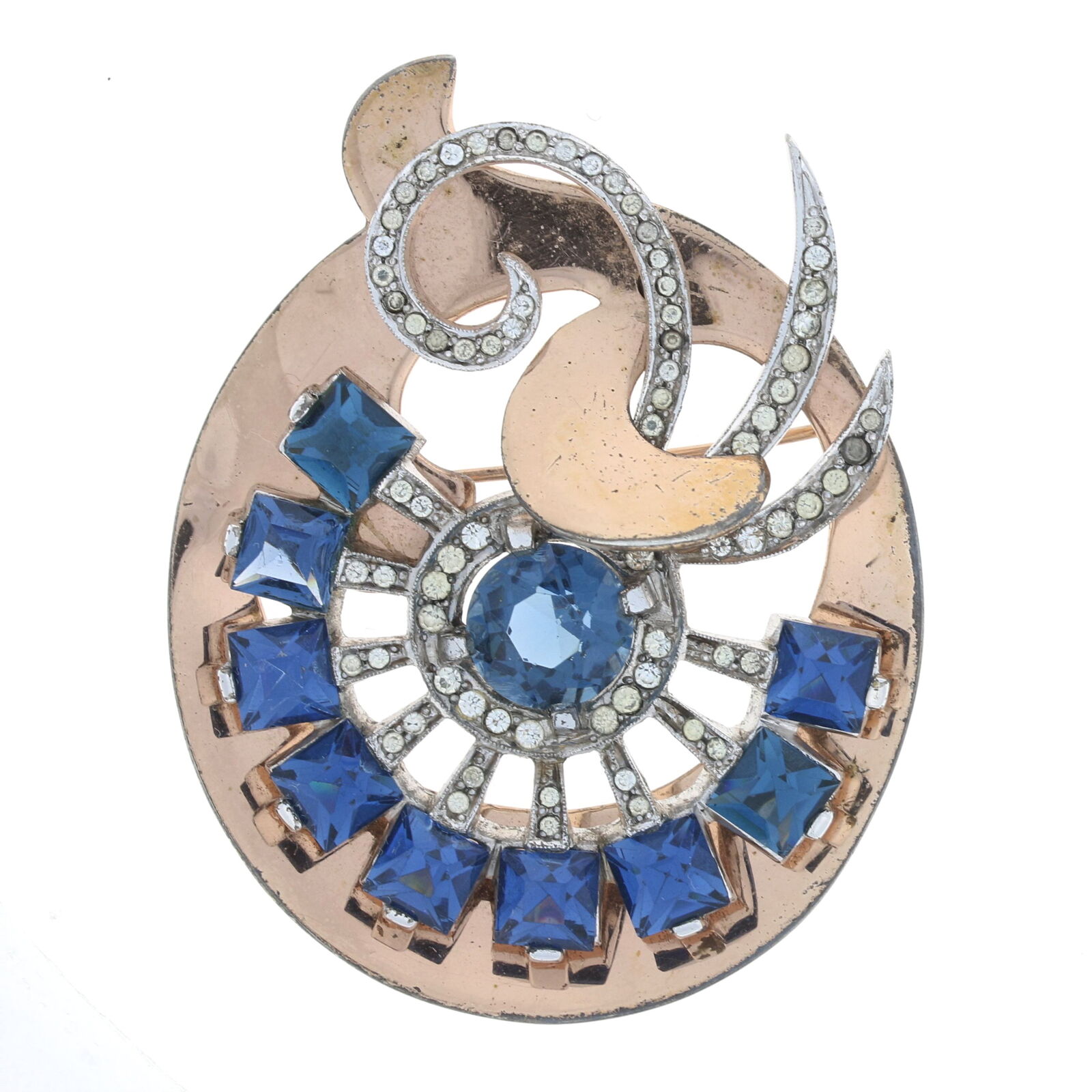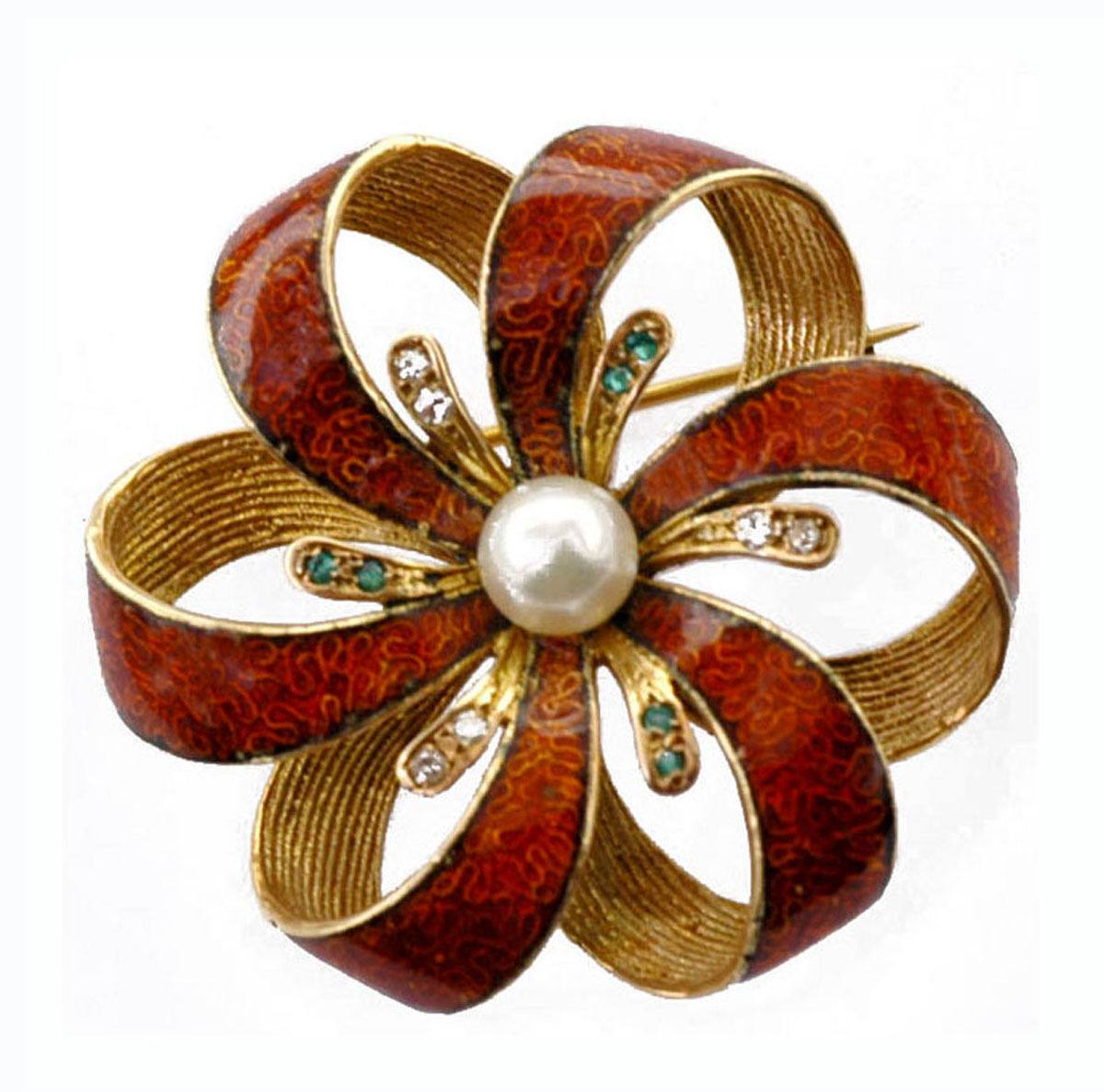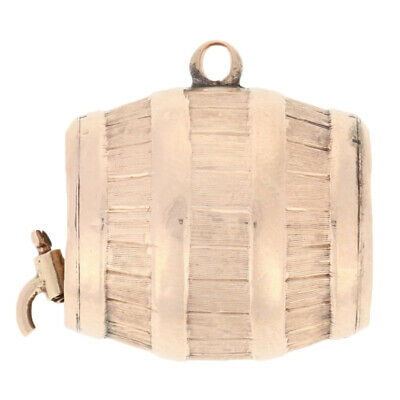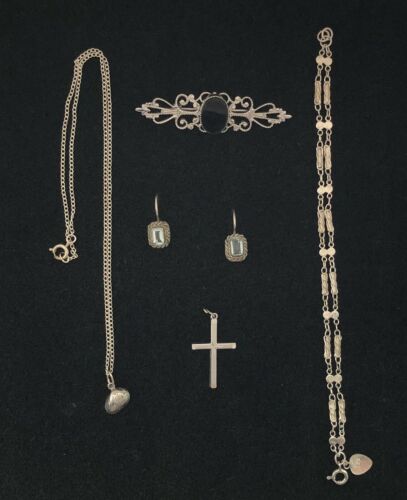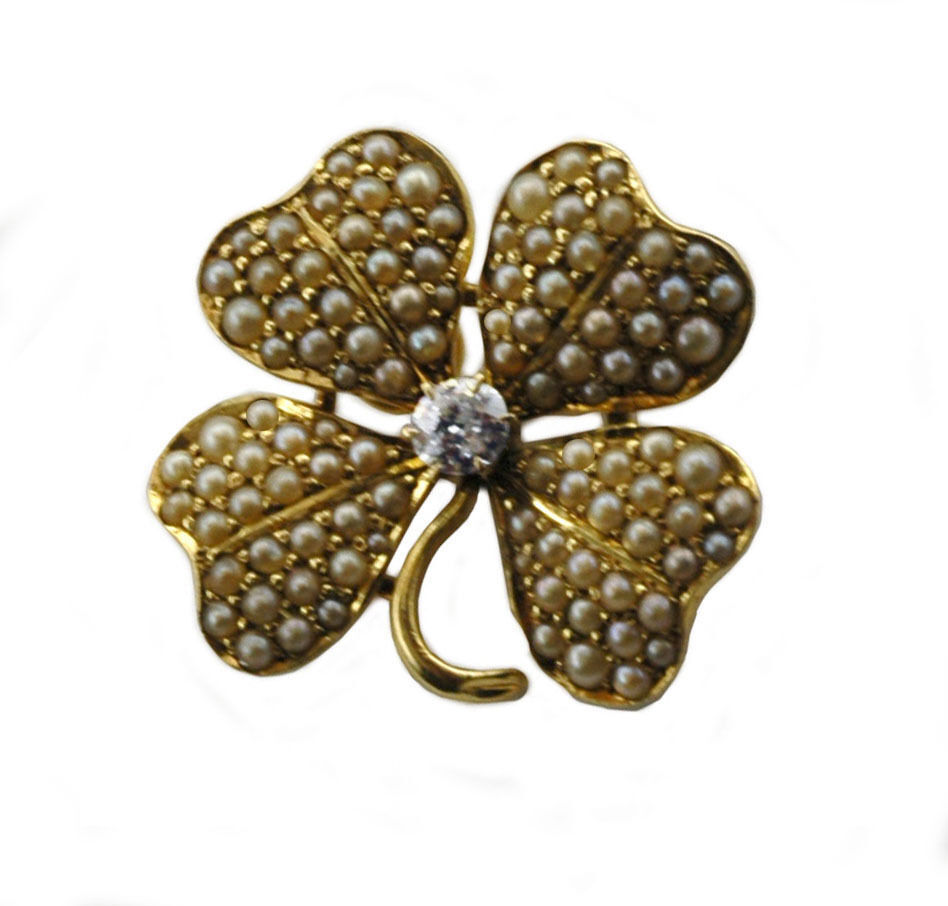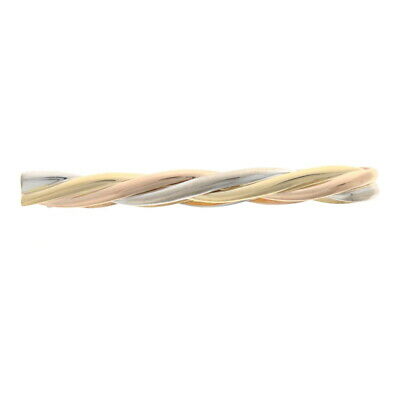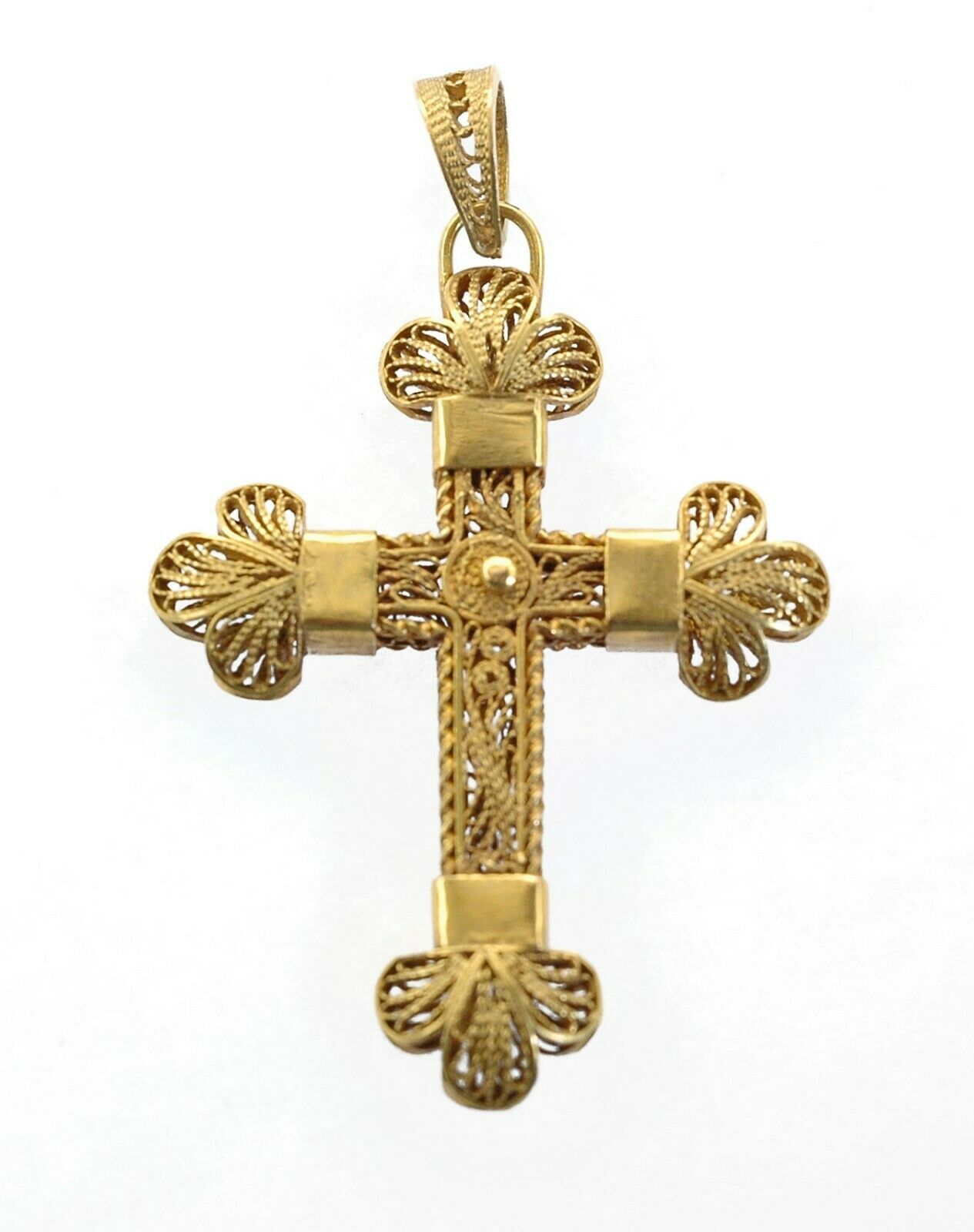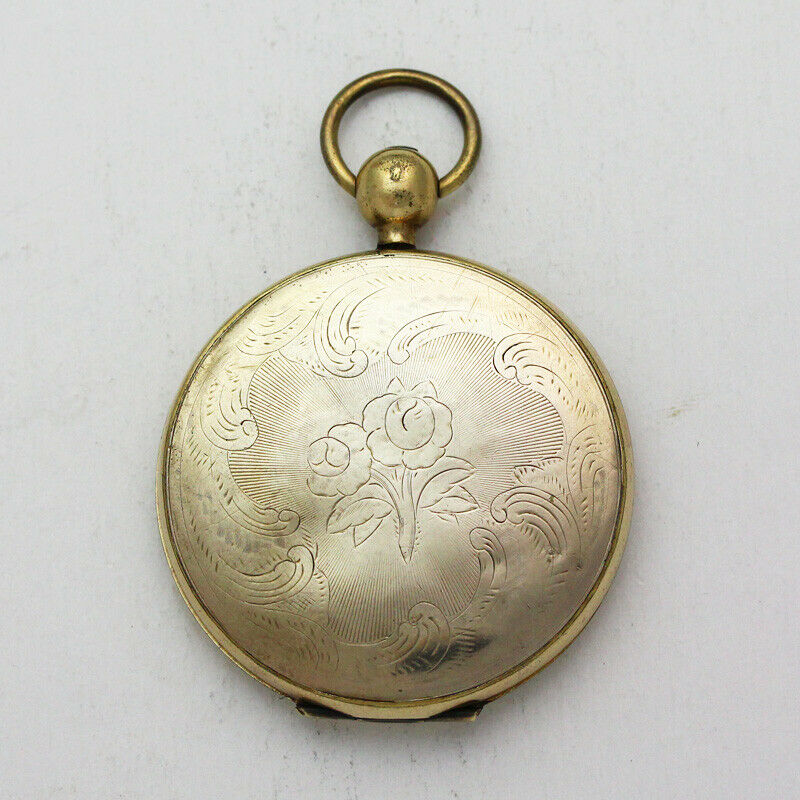-40%
Antique Turquoise Ancient Scythian Hun Mongol Magyar Avar Cimmerian Amulet .925
$ 21.11
- Description
- Size Guide
Description
Six Genuine, Natural, Antique Siberian Turquoise Semi-Precious Gemstones on Sterling Silver French Hooks.Six antique hand crafted gemstones (approximately 13 carats), each about 8mm in “diameter”, each between 2 and 3 carats, mounted onto high quality solid sterling silver french hooks.
NOTE
: These earring settings are also available in solid 14kt gold as well as 14kt gold fill (5% gold over 95% silver). Other setting styles (studs, euro clicks, lever backs, kidney wires, ball/stud dangles) are available upon request, both in sterling silver, as well as 14kt solid gold and in 14kt gold fill.
NOTE
: If you would like only the gemstones, and not the settings, we can dismount the gemstones and offer you the gemstones without the settings. Just let us know, and yes, we’ll discount the price by the cost of the settings.
DETAIL:
The horse-mounted tribes of Central Asia (Huns, Scythians, Cimmerians, Avars, Magyars, Mongols) wore turquoise talismans with the belief that they would protect against falls, particularly those from horseback. Turquoise was mined by the ancient Egyptians in the Sinai Peninsula from around 6,000 B.C. onwards in one of the world's first important hard-rock mining operations. Archaeological evidence suggests that by 4,000 B.C., the turquoise mines in the Sinai had already been exhausted, so popular was turquoise in the ancient world. Fortunately the ancient world had a second source of turquoise, ancient Persia. Here are six beautiful, elegant, richly colored blue-green Siberian turquoise semi-precious gemstones handcrafted in Russia early in the last century for use in domestic jewelry.
These antique gemstones have been mounted by us onto contemporary sterling silver french hooks. They could also be remounted onto kidney wires, lever backs, euroclicks, or ball studs if you would prefer; or remounted onto gold. There are six polished “nuggets” roughly 8mm size; the total gemstone weight about fourteen carats. The hooks as well as the pins are sterling silver, not cheap silver plate. Though the gemstones are antique, hand crafted and hand matched, the settings are contemporary. If you prefer something other than sterling silver french hooks; we could remount them onto kidney wires, euroclicks, leverbacks, etc., in sterling silver, 14kt gold fill, or solid 14kt gold.
HISTORY OF TURQUOISE:
Turquoise was mined by the ancient Egyptians in the Sinai Peninsula from around 6,000 B.C. onwards in one of the world's first important hard-rock mining operations. Archaeological evidence suggests that by 4,000 B.C., the turquoise mines in the Sinai had already been exhausted, so popular was turquoise in the ancient world. Fortunately the ancient world had a second source of turquoise, Persia. The sky-blue variety of turquoise, commonly referred to as robin's egg, is and historically has been the most desired variety. This variety is mined exclusively in present-day Neyshabur, Iran. Archaeologists also believe that it is possible that some turquoise came to the Near East and the Eastern Mediterranean from China via the Northern Silk Route. The mineral has been valued for its ornamental and talismanic properties since ancient times. In ancient Tibet and China, turquoise was oftentimes valued higher than gold, and was thought to attract prosperity.
The Ancient Egyptians knew turquoise as “mefkat”, meaning joy or delight, and were known to carve it into animal figures worn as symbols of their gods, believing that turquoise itself had divine powers. Turquoise has been found in neckwear and bracelets recovered along with the 7,500 year old Egyptian mummy of “Queen Zer”. The ancient Egyptians not only used turquoise for jewelry, but also wore it as a talisman to keep evil away. Ancient Egyptian Priests stitched turquoise to their upper vests. In ancient Egypt, everyone from pharaoh to commoner wore turquoise. The ancient Persians themselves believed that health, wealth and happiness would be bestowed upon the wearer of turquoise, as reflected in an ancient Persian saying, “the wearer shall never be poor'”. It was worn around the neck or around the wrist in the belief that the wearer would be protected from an unnatural death. As talismans, they also adorned daggers, sabres and the bridles of horses. It was also believed by the ancient Persians that the gemstone would change color to warn the wearer of impending danger.
The horse-mounted tribes of Central Asia (Huns, Scythians, Cimmerians, Avars, Magyars, Mongols) wore turquoise talismans with the belief that they would protect against falls, particularly those from horseback. Turquoise was also commonly carved into pendants and beads by the ancient Sumerians, "founders" of modern civilization, as far back as 5,000 B.C. Some of the most splendid ancient jewelry ever unearthed by archaeologists was found in Queen Pu-abi's tomb at Ur in Sumeria dating from the 3rd millennium B.C., and in the ancient Egyptian Pharaoh Tutankhamen's tomb. Turquoise was one of the most prominent gemstones found within these tombs, including on the famous mask of Tutankhamen. Both the ancient Sumerians and Egyptians produced highly sophisticated gold ornaments inlaid with turquoise. In ancient India, Afghanistan, Arabia and Persia, it was believed that the subtle variations in the color of the stone could be read as indications of the health of the person wearing it, and it was widely believed to change color to expose a woman's infidelity.
Throughout Ancient Asia as well as ancient Persia turquoise was believed to protect against the “evil eye”, related to the universal ancient belief that some evil sorcerers or witches had the ability to transmit evil with just a glance. In ancient Persia a turquoise gemstone was typically worn on a turban, often surrounded with pearls, in order to protect against the “evil eye”. Wearing turquoise as a talisman was also believed to protect one from floods. The ancient first century Roman Naturalist and Historian Pliny the Elder wrote of turquoise, known as “callais” to the ancient Romans. It is believed that turquoise was introduced to Europe only in the Middle Ages (at the time of the first Crusades) by Venetian traders. The trade route which developed saw turquoise being transported to Europe through Turkey, which probably accounts for the name “turquoise”, which is French for "Turkish." It was believed in Medieval Europe that a turquoise gemstone which changed color (became dehydrated) was a warning of impending danger for the wearer. Turquoise was also believed to awaken feelings of romantic love, and to enhance virtues such as trust, kindness, wisdom and understanding. Many Germanic peoples also used turquoise as a betrothal stone, and throughout Europe it was believed that wearing a turquoise amulet would protect travelers from violence, accidents, and injury.
The Aztecs of Mexico also commonly used turquoise for their fine mosaic art and introduced the stone to the surrounding areas, where it became known as “chalchihuitl”. To some tribes of ancient Mexico, mere mortals were not permitted to wear turquoise, which was reserved exclusively for the Gods. Turquoise was sacred to many American Indian tribes (as well as in ancient Tibet). The Zuni (of present-day New Mexico) in particular carved fetishes and talismans in the forms of animals, insects and other living shapes. Interestingly the Zuni believed that blue turquoise was “male”, and came from the sky; and that green turquoise was “female”, and came from the earth. Apache medicine men and shaman regarded turquoise as absolutely essential. Following a rainbow resulted not in a pot of gold but turquoise. Aiding the accuracy of a hunter's aim was another power highly valued by the Apache. The Apache believed that turquoise combined the spirit of water (as in lakes and rivers) and of the sky to protect the wearer from all natural calamities. Most Native American tribes believed that a deep connection existed between the spirits residing in the blue sky and the blue stone found in the earth. The Navaho believed that turquoise, when thrown into a river, would bring rain. Turquoise was also used by Native American shamans and healers in rituals and ceremonies. It was believed to enhance mental and spiritual clarity. There are also accounts of some Native American tribes using turquoise to decorate their teeth.
The color of turquoise ranges from blue and blue-green to greenish-gray, according to the various amounts of copper usually present. Like opal, turquoise is opaque, reflecting light from small transparent layers within the stone. Turquoise sometimes is "matrixed" known as a (“spider web matrix”) with varying shades of gray, brown, or black veins due to the inclusion of various oxides and impurities (often silver), and is greatly desired by many collectors. However the most valuable turquoise is still mined from Neyshabur, Iran, and is known as “robin’s egg blue”, though as is oftentimes seen with ancient specimens of turquoise, when exposed to sunlight or heat, this variety becomes dehydrated and turns "turquoise" green. Other less desirable deposits of turquoise are found in the Southwestern United States, the Sinai peninsula, Africa, Australia, Siberia, and Europe.
Turquoise is typically found in association with and regarded as a by-product of copper mining. It is formed when a chemical reaction takes place after water slowly enters into the rocks containing copper, aluminum, zinc and other phosphates. Bluer turquoise is due to the presence of copper in the gem, greener turquoise due to higher concentrations of iron or aluminum, and yellowish green color due to traces of zinc. Being relatively soft, turquoise gemstones are sensitive, easily discolored by chemicals, or even the oils and perspiration of the wearer’s skin. As the color may pale when the stone has been worn for a long time, even high-quality stones today are treated with wax or resin and subsequently hardened. This treatment makes the sensitive gemstone more resistant. Turquoise which has a good natural color and is simply hardened with colorless wax or resin has a much higher value than stones whose color has been “improved” with the use of dye.
Throughout the history of the ancient world, gemstones were believed capable of curing illness, possessed of valuable metaphysical properties, and providing protection. Found in Egypt dated 1500 B.C., the "Papyrus Ebers" offered one of most complete therapeutic manuscripts containing prescriptions using gemstones and minerals. Gemstones were not only valued for their medicinal and protective properties, but also for educational and spiritual enhancement. In the ancient world turquoise was thought to protect against reptile and insect bites (and was even used as an antidote), poisons, eye diseases, accidents and violence. It was used to treat muscle aches, pains and soreness, arthritis of the hip, infections, stomach disorders, and bleeding. It was oftentimes used to treat respiratory disorders including asthma, sore throat, and to treat dental complaints. It was also believed to be a cure for blindness, and was sometimes used to predict the weather based on the perceived color changes of the gemstone.
On the metaphysical plane, turquoise was thought to facilitate attunement between the physical plane and higher planes of existence, and to foster spiritual growth and awareness. It was considered to be a protective stone, a healer of the spirit, providing soothing energy and peace of mind, benefiting those people suffering from low spirits or depression. Turquoise was believed to protect against curses, psychic or magical attacks (sorcery), and was believed to guard babies and young children. On the more profane side, Turquoise was also believed to bring spoils to warriors, and many kills to the hunter. New Age healers regard turquoise as the master healing stone, that it attracts healing spirits, and is useful in the treatment of respiratory, skeletal, and immune deficiency ailments; as well as an aid to tissue regeneration.
Domestic shipping (insured first class mail) is included in the price shown. Domestic shipping also
includes
USPS Delivery Confirmation (you might be able to update the status of your shipment on-line at the
USPS Web Site
). Canadian shipments are an extra .99 for Insured Air Mail; International shipments are an extra .99 for Air Mail (and generally are NOT tracked; trackable shipments are EXTRA).
ADDITIONAL PURCHASES
do receive a
VERY LARGE
discount, typically about per item so as to reward you for the economies of combined shipping/insurance costs. Your purchase will ordinarily be shipped within 48 hours of payment. We package as well as anyone in the business, with lots of protective padding and containers.
We do NOT recommend uninsured shipments, and expressly disclaim any responsibility for the loss of an uninsured shipment. Unfortunately the contents of parcels are easily “lost” or misdelivered by postal employees – even in the USA. If you intend to pay via PayPal, please be aware that PayPal Protection Policies REQUIRE insured, trackable shipments, which is INCLUDED in our price. International tracking is at additional cost. We do offer U.S. Postal Service Priority Mail, Registered Mail, and Express Mail for both international and domestic shipments, as well United Parcel Service (UPS) and Federal Express (Fed-Ex). Please ask for a rate quotation. We will accept whatever payment method you are most comfortable with. If upon receipt of the item you are disappointed for any reason whatever, I offer a no questions asked return policy. Send it back, I will give you a complete refund of the purchase price (less our original shipping costs).
We travel to Russia each year seeking antique gemstones and jewelry from one of the globe’s most prolific gemstone producing and cutting centers, the area between Chelyabinsk and Yekaterinburg, Russia. From all corners of Siberia, as well as from India, Ceylon, Burma and Siam, gemstones have for centuries gone to Yekaterinburg where they have been cut and incorporated into the fabulous jewelry for which the Czars and the royal families of Europe were famous for. My wife grew up and received a university education in the Southern Urals of Russia, just a few hours away from the mountains of Siberia, where alexandrite, diamond, emerald, sapphire, chrysoberyl, topaz, demantoid garnet, and many other rare and precious gemstones are produced. Though perhaps difficult to find in the USA, antique gemstones are commonly unmounted from old, broken settings – the gold reused – the gemstones recut and reset.
Before these gorgeous antique gemstones are recut, we try to acquire the best of them in their original, antique, hand-finished state – most of them centuries old. We believe that the work created by these long-gone master artisans is worth protecting and preserving rather than destroying this heritage of antique gemstones by recutting the original work out of existence. That by preserving their work, in a sense, we are preserving their lives and the legacy they left for modern times. Far better to appreciate their craft than to destroy it with modern cutting. Not everyone agrees – fully 95% or more of the antique gemstones which come into these marketplaces are recut, and the heritage of the past lost. But if you agree with us that the past is worth protecting, and that past lives and the produce of those lives still matters today, consider buying an antique, hand cut, natural gemstone rather than one of the mass-produced machine cut (often synthetic or “lab produced”) gemstones which dominate the market today.
Our interest in the fabulous history of Russian gemstones and the fabulous jewelry of the Czar’s led to further education and contacts in India, Ceylon, and Siam, other ancient centers of gemstone production and finishing. We have a number of “helpers” (family members, friends, and colleagues) in Russia and in India who act as eyes and ears for us year-round, and in reciprocity we donate a portion of our revenues to support educational institutions in Russia and India. Occasionally while in Russia, India, Siam, and Ceylon we will also find such good buys on unique contemporary gemstones and jewelry that we will purchase a few pieces to offer to our customers here in America. These are always offered clearly labeled as contemporary, and not antiques – just to avoid confusion. We can set most any antique gemstone you purchase from us in your choice of styles and metals ranging from rings to pendants to earrings and bracelets; in sterling silver, 14kt solid gold, and 14kt gold fill. When you purchase from us, you can count on quick shipping and careful, secure packaging. We would be happy to provide you with a certificate/guarantee of authenticity for any item you purchase from me. There is a fee for mailing under separate cover. Please see our
"ADDITIONAL TERMS OF SALE."
